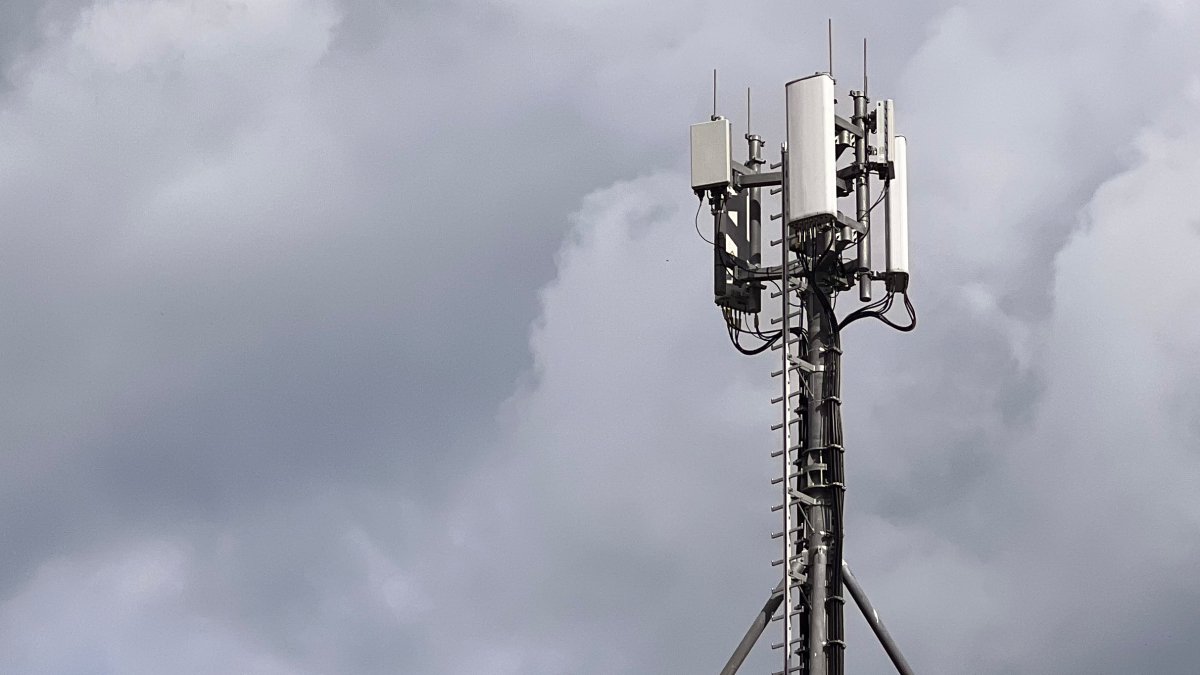The German government is surprisingly advocating at the European level to exclusively assign the entire upper 6 GHz frequency band to mobile communications. This would leave the fixed-line and WLAN industries at a disadvantage. “The frequency requirements of mobile network operators in the upper 6 GHz band are assessed as greater with a view to future 6G applications” than those of WLAN users, a spokesperson for the responsible Federal Ministry for Digital and Transport (BMDS) explained to heise online. “Considering the needs of various interest groups,” prioritizing 6G appears to be “the most appropriate solution.”
In the frequency dispute that has been simmering for years, companies such as Deutsche Giganetz, Deutsche Glasfaser, EWE TEL, Fritz, HPE, Lancom, and NetCologne, along with associations from the broadband, energy, and municipal sectors, see the performance of fiber optic networks and Europe’s competitiveness as being endangered. They called on Federal Digital Minister Karsten Wildberger (CDU) just last week to release the entire spectrum in the range of 6425 – 7125 MHz for license-free WLAN use. This is crucial to be able to utilize the full performance of the fiber optic networks built in Germany with considerable effort.
The BMDS counters that it is advocating “for efficient use of the upper 6 GHz frequency band” at the EU level. Naturally, the protection of existing services will be considered in the plea for mobile communications. The department will now represent this position in the Radio Spectrum Policy Group (RSPG). This group is the frequency advisory body of the EU Commission. It is expected to adopt its political statement on the long-term use of the upper 6 GHz band on November 12. This position serves as a recommendation for the Commission in establishing binding usage conditions in the Radio Spectrum Committee, which will then be implemented in the member states.
“Fatal Misjudgment”
For Lisia Mix-Bieber, Head of Federal and European Policy at the Federal Association for Broadband Communication (Breko), the German government’s direction is based on a “fatal misjudgment.” She speaks of a “severe disappointment for Europe’s digital location”. Instead of strengthening free WLAN use by all citizens and efficiently bringing the bandwidths possible thanks to fiber optics to all mobile devices, reserving the frequencies for mobile communication corporations would bring no immediate benefit.
Even in the long term, 5G and 6G radio operation in this spectrum could at best marginally improve network coverage in urban areas, estimates Mix-Bieber. Such a step would therefore be “a misdecision – both from a technical and an economic perspective.” The German position should therefore not find a majority at the European level. Instead, the RSPG should recommend to the Commission that at least 320 MHz in the upper 6 GHz band be kept free for license-free WLAN use.
Currently, only the lower part of the 6 GHz band (5945 – 6425 MHz) in the EU is intended for high-performance WLAN (Wi-Fi 6E). The upper 6 GHz band is still reserved for existing applications such as certain fixed wireless services (Fixed Links) for point-to-point radio and various satellite services. New, large-scale applications like Wi-Fi 7 or 6G are not yet permitted to operate harmonized there, as a final allocation decision is pending.
(nen)
Don’t miss any news – follow us on
Facebook,
LinkedIn or
Mastodon.
This article was originally published in
It was translated with technical assistance and editorially reviewed before publication.
Dieser Link ist leider nicht mehr gültig.
Links zu verschenkten Artikeln werden ungültig,
wenn diese älter als 7 Tage sind oder zu oft aufgerufen wurden.
Sie benötigen ein heise+ Paket, um diesen Artikel zu lesen. Jetzt eine Woche unverbindlich testen – ohne Verpflichtung!

